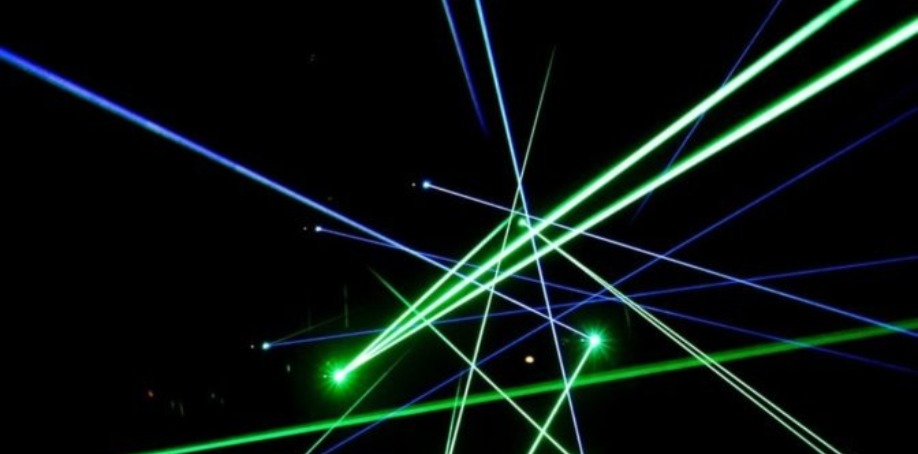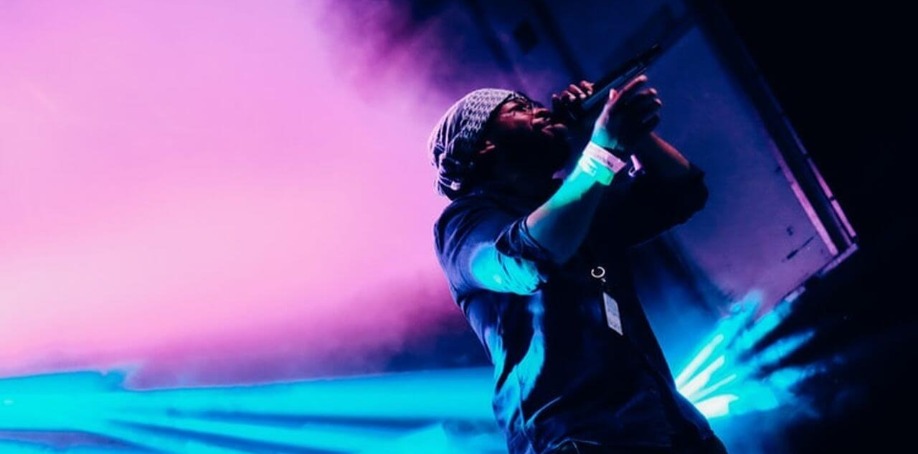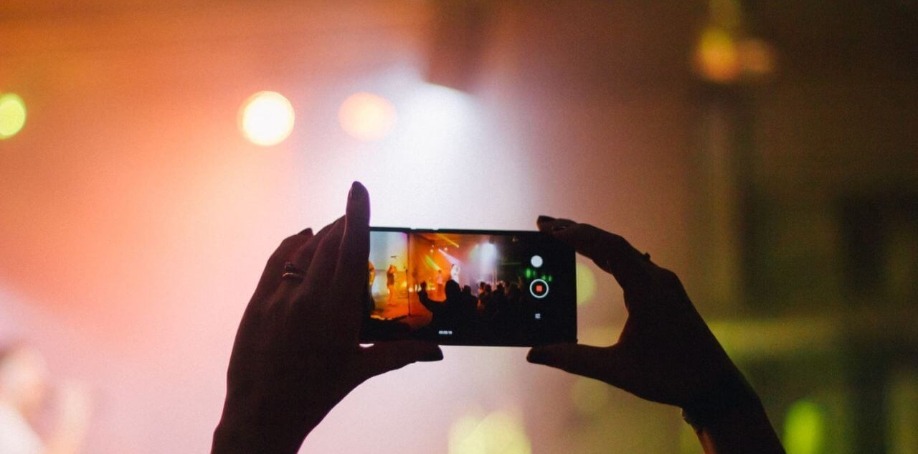
In 2018, the Los Angeles Philharmonic was set to celebrate a 100th birthday. An amazing concert at The Hollywood Bowl was planned as part of the celebration.
But what could make that party really pop?
The LA Phil has a long history of asking aspirational questions just like this. Its audience demands nothing less. "Residents of Los Angeles are popularly maligned as shallow and obsessed with the next big thing,” writes journalist Noah Smith. “But since its first concert in 1919 – when the city was more wild west than Hollywood – the LA Philharmonic has brought live, high culture to what is now the second-largest city in the US."
Organizers showcased the orchestra's long history of innovation and creativity in a day-long event called “Celebrate LA!” culminating with a concert at the Hollywood Bowl in which projection mapping took the excitement to the next level.
Light Brings Music to Life
On September 30, 2018, a capacity audience of 17,500 sat in awe as music filled the air and lights brightened the dark sky.
The first half of the concert was devoted to exploring both the past and the future of classical music. The orchestra played classics by Stravinsky and other familiar composers, before digging into innovative pieces from new composers sharing dissonance and brilliance with their listeners.
The second half of the concert took a spin into the future with guest appearances by both Katy Perry and Herbie Hancock. And in a surprise twist, guest conductor John Williams took over the baton and guided the orchestra through music from Star Wars.
With a lineup like this, spectacle was expected.
"With Katy Perry headlining the Hollywood Bowl, there was really only one way that Sunday night's all-star concert could end, and that was with the pop singer belting her hit 'Firework' as Roman candles filled the sky over L.A.'s most iconic venue," wrote Mikael Wood, pop music critic for The Los Angeles Times.
But fireworks weren't the only light sources. Xite Labs, a Los Angeles-based design studio, created and programmed an intense projection mapping show that required the work of 12 computer animators, programmers and digital artists. Their work was closely tied to the audio and action happening onstage.
During Perry's fireworks song, for example, the Xite Labs team used projection mapping to enhance the visuals. As the fireworks shot up into the sky, they were mirrored by projections on the building. To someone sitting in the audience, the fuse seemed lit right on stage, and the transition between projection and firework was seamless. The work breathed extra life into the show, says the team.
But this was no mere light show. The Xite team broke new ground with their work, and it got people talking about what projection mapping can do.

The Conductor's Baton Takes Center Stage
When the audience settled into the Hollywood Bowl for a night of good music, they discovered this was a concert like no other.
"As the music begins to carry through the stadium, the skeleton of the stage itself becomes its own art [installation],” Stephanie Powell wrote at Strings Magazine. “Stark, silver soundwaves move across the outline of the Hollywood Bowl's stage as pleasing visual effects."
The Xite team held multiple planning meetings to develop core concepts for the show. "We met with each artist team, and the creative process evolved based on our original ideas and their feedback,” says Vello Virkhaus, partner and creative director of Xite Labs. “The visuals were influenced by a convergence of sight, sound, touch, movement and music."
The team tapped into technology to make the show truly responsive to the music. They used cameras to capture the conductors' hand movements, reflecting the tempo and pace of the music.
"The result was a projection mapping platform that was responsive to music in real time, improvised to the performances, and reacting to the orchestra,” wrote Cynthia Wisehart at Sound and Video Contractor. “No time code. Just Gustavo Dudamel and John Williams' batons."

No Real-Time Rehearsals
A show that shifts as the music shifts is thrilling for audiences. If the orchestra decides to take a piece at a quicker clip than usual, or if a jazz artist chooses to go on an extended riff, the visuals change accordingly. But this approach can be nerve-wracking for programmers.
"Running the LA Phil show was like standing on a high dive and jumping off once the show started," Virkhaus told Athleisure Magazine.
More than half of the projection mapping was improvised, based on the performances. Due to that improvisation, the Xite Labs team wasn't able to conduct a formal orchestral rehearsal, according to Claire Hoffman, west coast editor of BizBash.
The team also couldn't run through rehearsals with artists Herbie Hancock or Katy Perry. They had to rely on technology and preparation to ensure that the show went off flawlessly.
“We joked that the show was our rehearsal,” said Greg Russell, partner and creative director of Xite Labs. Russell faced added pressure, as he played a special keyboard alongside Herbie Hancock on "Rockit" to ensure the visual effects synched with the music.
Connecting Music and Lights
The LA Philharmonic believes in breaking boundaries with art. "I don't see borders in the art," said conductor and music director Gustavo Dudamel. “If we can be an example in these chaotic moments that we are living in the world, art will open this new path that we need. It's a beautiful journey. It's an amazing and unique journey.”
Many organizations have used projection mapping to tell stories, and DJs have long used lights to make the beats really pop. But the technology used within this show showcased what projection mapping can really do to wow a crowd.
“It's like you can put a paint brush in someone's hands, and they can paint something. But as artists, we can program it at a higher level and put it with a design that makes it more artful,” Russell explained.
Priceless Audience Reaction
The reviews were glowing.
"Given the ambition of the orchestra's season, which starts for real this week, concert-wise, a street party of a populist Hollywood Bowl program might seem—and in many ways is—the tip of the iceberg," wrote Los Angeles Times classical music critic Mark Swed. “But it feels like in a day something incredible has changed in the century-long relationship between a symphony orchestra and its city.”
Adding artistic projection mapping elevated that experience, drawing listeners into the music in a visual dimension. The result is a concert that no one who was there will ever forget.
Images by: Philippe Bertrand, Zachary Nelson, John Mark Arnold


